When you walk into a dispensary, the first question you’re often asked is whether you prefer an “indica” or “sativa” strain. For years, these categories have served as shorthand for cannabis effects: sativas are described as energizing and creative, while indicas are thought to promote relaxation and sleep. But as cannabis science evolves, so does the understanding of what truly influences a cannabis experience—and it turns out that the traditional indica/sativa dichotomy might be more marketing myth than scientific fact.
This article dives into the origins of these terms, the science debunking their validity, and why a new classification system could lead to a better consumer experience.
What Are Indica and Sativa? The Origins of the Myth
The first classification came in 1753. A biologist named Carl Linnaeus identified cannabis under the single category, cannabis sativa (or “C Sativa”). This interpretation is what most botanists use today.
The cannabis he studied was from Europe and parts of Asia - used chiefly for raw materials and seeds.
But in 1785, Linnaeus’s findings were challenged in a publication by another expert named Jean-Baptist Lamarck used the terms to differentiate cannabis plants by their physical characteristics.
- Indica: Described as shorter plants with broader leaves, commonly found in regions like Afghanistan and India.
- Sativa: Taller plants with narrow leaves, originally cultivated in Central Asia and Europe.
While these descriptors might have once been accurate in distinguishing the plant’s physical appearance, they fail to account for the chemical composition that drives cannabis's effects.
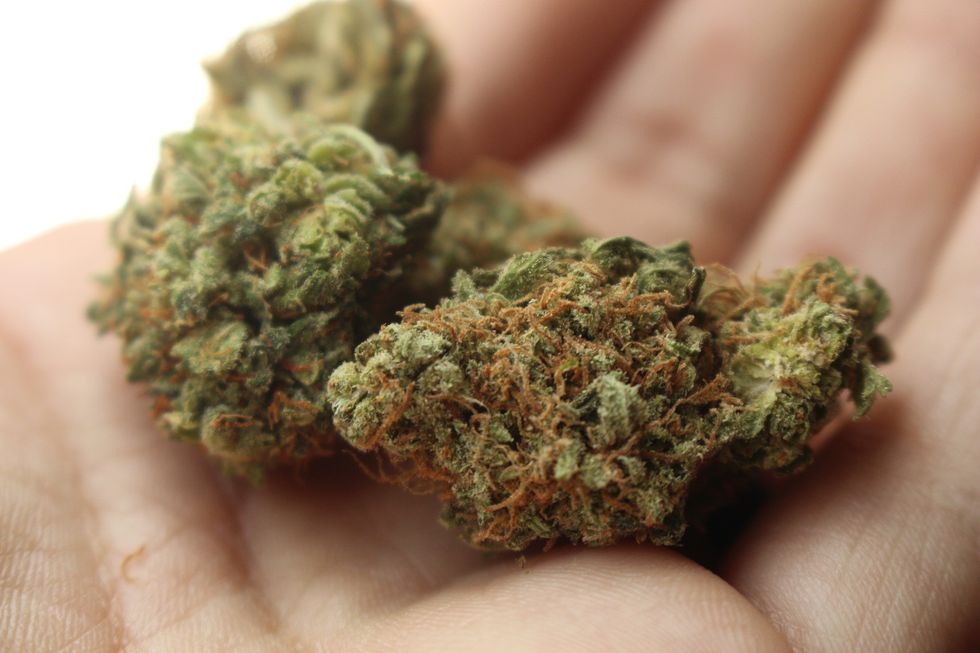
The Science Behind the High: Why Indica and Sativa Labels Fall Short
Modern research suggests that the effects of cannabis are determined by its chemical profile—not its physical structure. Key compounds like cannabinoids (e.g., THC and CBD) and terpenes are what shape the user experience.
What the Research Shows
- No Consistent Chemical Differences
A 2022 study analyzing over 90,000 cannabis samples found that the labels "indica" and "sativa" poorly reflect a strain's chemical composition. This aligns with findings from earlier research, which concluded that there’s no consistent genetic or chemical distinction between the two categories. - The Role of Terpenes
Terpenes, the aromatic compounds in cannabis, significantly influence flavor, aroma, and potentially the psychoactive effects. For example: - Extensive Cross-Breeding
Generations of hybridization have muddled the genetic lines between indica and sativa. What we call "indica" or "sativa" today likely shares traits from both categories.
The Takeaway
Simply put, the indica/sativa classification is outdated. What consumers experience when using cannabis depends far more on the unique combination of cannabinoids and terpenes in a given strain than its historical label.
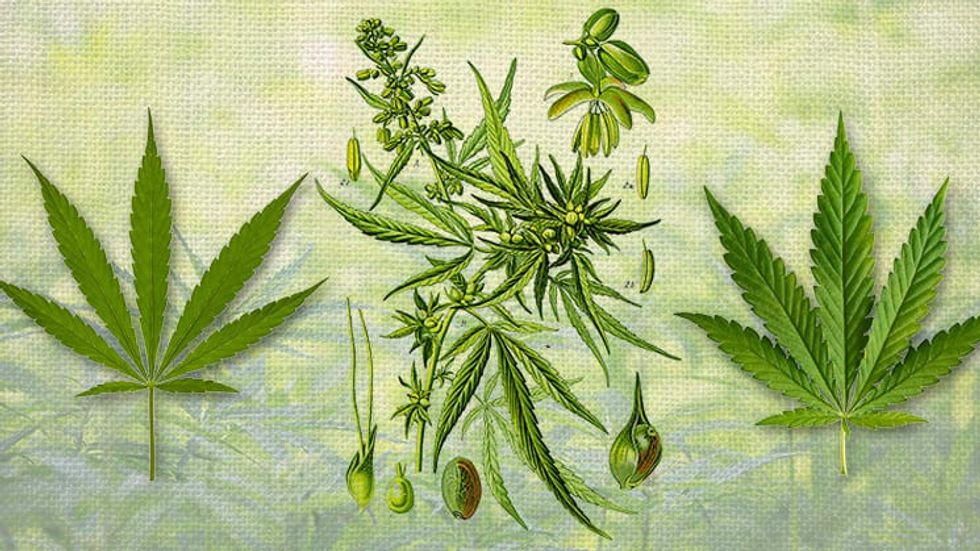
Why Do Indica and Sativa Labels Persist?
Despite the science, indica and sativa labels remain dominant in cannabis marketing. Here’s why:
- Simplicity for Consumers: For newcomers, the idea of choosing between an “upper” or a “downer” is intuitive and easy to understand.
- Marketing Convenience: Retailers and brands use these labels to create a universal language for selling products, even if the terms lack scientific accuracy.
- Consumer Habits: Most buyers aren’t seeking detailed terpene profiles or chemical breakdowns. Price and potency often drive purchasing decisions.
A Better Way to Label Cannabis
Experts advocate for a classification system based on chemical profiles rather than outdated physical distinctions. Here’s what this could look like:
- Cannabinoid Content: THC, CBD, and other cannabinoids should be prominently displayed.
- Terpene Profiles: Strains could be grouped by their dominant terpenes, such as myrcene, limonene, or pinene, which provide specific sensory and experiential effects.
- Effects-Based Descriptions: Instead of labeling strains as indica or sativa, products could highlight intended effects like “relaxation,” “focus,” or “stress relief.”
How the ‘Entourage Effect’ Shapes Your Cannabis Experience
The entourage effect refers to how cannabinoids and terpenes work together to enhance or modify the effects of cannabis. For example:
- A strain high in THC and myrcene might deliver a deeply relaxing experience.
- A blend of CBD and limonene may offer a calming yet uplifting effect.
This interplay underscores the importance of looking beyond simple indica/sativa labels to understand how cannabis affects the body and mind.
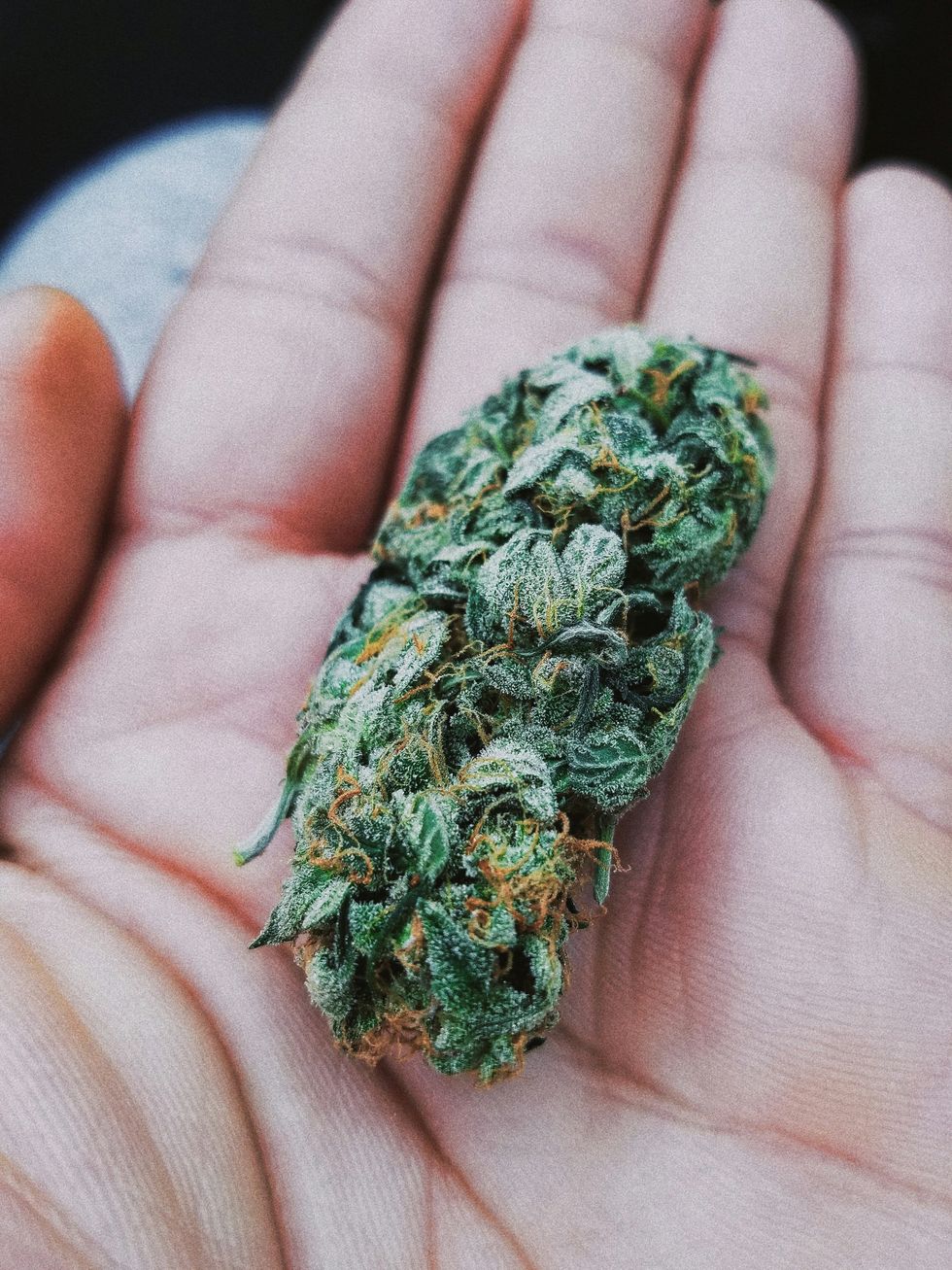
Consumer Tips: How to Choose the Right Cannabis Product
If the indica vs. sativa framework is outdated, how can consumers make informed choices?
- Know Your Goals
Are you seeking pain relief, relaxation, or an energy boost? Start with your desired outcome. - Check Cannabinoid and Terpene Content
Look for products that list detailed chemical profiles, including THC/CBD ratios and terpene information. - Experiment and Track
Everyone’s body reacts differently to cannabis. Keep a journal of your experiences to identify what works best for you. - Ask Questions
Dispensary staff, often called budtenders, can provide insights into the chemical composition and expected effects of different strains.
Conclusion: Moving Beyond Indica and Sativa
While the indica vs. sativa dichotomy has served as a convenient shorthand for cannabis effects, it’s time for the industry and consumers to embrace a more nuanced understanding of the plant. By focusing on chemical profiles and individual effects, we can make more informed choices and elevate the cannabis experience.
As the cannabis industry matures, the shift toward transparency and science-based labeling is inevitable. For now, though, understanding the limitations of the indica/sativa framework is a critical first step toward becoming a more informed consumer in this ever-evolving market.
FAQs About Indica and Sativa
Q: What is the main difference between indica and sativa?
A: Historically, indica and sativa referred to differences in plant structure. Today, the terms are often used to describe effects, but research shows these labels are not reliable indicators of chemical composition or user experience.
Q: What should I look for instead of indica or sativa?
A: Focus on the cannabinoid content (e.g., THC, CBD) and terpene profiles, which better predict a strain’s effects.
Q: Are all cannabis strains hybrids now?
A: Most modern strains are hybrids due to extensive cross-breeding, blending characteristics of both indica and sativa plants.
Q: What are terpenes, and why are they important?
A: Terpenes are aromatic compounds in cannabis that influence flavor, aroma, and potentially its effects through the entourage effect.
Cannabis Classifications
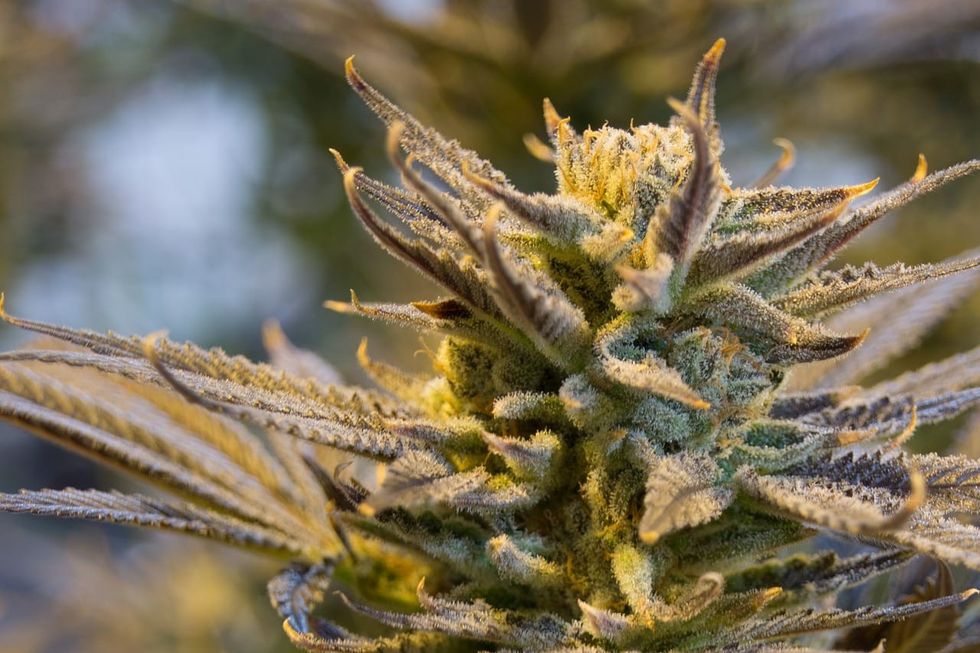
There are two ways to look at cannabis. Depending on which way you classify it, you’ll fall into one of two groups.
First, we have the “lumpers” who follow Linnaeus’s classification. In contrast, others view cannabis as three different subspecies - indica, sativa, and ruderalis - based on their cannabinoid ratios, physical differences, and other relevant factors. These are called “splitters.”
Who, if anyone, is correct? Let’s take a closer look at the two groups.
Lumpers
Lumpers stick to the original classification of cannabis sativa being a single species under the cannabis genus. Rather than depending on plant size and shape, they separate cannabis based on its chemical makeup.
Cannabis Chemotypes
There are three main chemotypes, but a fourth and fifth are now also on the table.
- Chemotypes I, II, and III: The term “chemotype” refers to a plant with similar physical characteristics (internal or external) but different chemical makeup. In our case, chemotype classification uses cannabinoid content as the benchmark, an approach introduced in 1973 by Ernest Small and H.D. Beckstead. Scientists use the chemotype method to define the chemical makeup of cannabis strains and organize them accordingly.
- Chemotype I: Chemotype I refers to THC-dominant cannabis. The strain needs to contain more than 0.3% THC and less than 0.5% CBD to fit this bill. Until CBD became a household term, chemotype I strains dominated the legal and underground market, reaching levels as high as 30% THC in some cases.
- Some examples include:
- Chemdawg
- Gorilla Glue #4
- Girl Scout Cookies (GSC)
- Amnesia Haze
- Godfather OG
- Cannatonic
- Argyle
- Pennywise
- Dancehall
- Sweet & Sour Widow
- AC/DC
- Charlotte’s Web
- Critical Mass
- Sour Space Candy
- Sour Tsunam
- Chemotype IV: THC and CBD might take the spotlight, but your flower has many compounds dictating its effects. One cannabinoid receiving attention is cannabigerol (CBG). Research is far from over, but there’s evidence suggesting CBG can help stabilize mood, improve appetite, reduce pain, and help relieve inflammation. Chemotype IV plants also contain CBD and THC levels of less than 0.5%.
- Chemotype V: Of all chemotypes, this one stands out. Its chemical makeup flies in the face of everything we think about with cannabis.Chemotype V contains almost no cannabinoids (less than 0.2%) but still produces terpenes. We don’t really know what its purpose could be. According to Jeremy Plum, Director of Production Science at Pruf Cultivar, chemotype V is a more efficient source for terpene production.
Splitters
Lumpers have a lot to think about when trying to place cannabis plants into the right boxes. You’re not alone if the concepts make your head hurt. The lumper approach also isn’t that useful for people outside the scientific realm.
Although less accepted in the scientific community, the splitter approach divides cannabis into three subspecies - indica, sativa, and ruderalis.
Indica, Sativa, and Ruderalis
Unlike the cannabinoid-focused lumper approach, splitters consider various factors when placing their plants into one of the three subspecies. A strain’s original habitat, physical makeup, and cannabinoid ratio determine where it lands in the three branches.
Sativa:
- Originated from Europe and parts of Eurasia
- Typically covers cannabis with THC as the primary cannabinoid
- Also includes low-THC, high-CBD cannabis, such as industrial hemp
- Plants grow very tall with noticeable space between leaves
Indica:
- Native to places throughout Asia and the Middle East
- Generally refers to cannabis with a balanced CBD: THC ratio, where either cannabinoid (more often CBD) is slightly more dominant.
- Plants are short and bushy, with little space between leaves
It’s important to note that, while the general rule for cannabinoid ratios in indicas and sativas are consistent, genetic mixing between cultivars is rapidly blurring that fine line.
Unlike indica and sativa, ruderalis plants aren’t suitable for harvesting. Although high in CBD, the yields are so small that cultivating them for the flower isn’t worth the trouble. But growers found a more practical use for ruderalis. Many growers cross their indica/sativa strains with ruderalis to create more robust, faster-growing variants. Ruderalis is very resilient and can survive harsher conditions than indica or sativa plants.
- Short, dense, and grows quickly
- The least preferred source for cannabinoids, but breeders take advantage of its genetic traits to strengthen their own cultivars
Which do You Use?
Whether you’re a “lumper” or a “splitter,” each school of thought has benefits and drawbacks.
The lumper approach is precise and can be handy for large licensed producers or scientific research. Lumping all cannabis strains under cannabis sativa helps classify plants with total emphasis on cannabinoids, terpenes, and other compounds.
On the other hand, splitters tend to be for breeders who need to understand climate, size, yield, and any additional information they can get for ideal growing.
Because each system serves a different role, there’s no “right” or “wrong” way to look at it. It all boils down to whether you view cannabis classification from a scientific or practical standpoint.
But one thing we do know is that the indica and sativa concept hammered into us every day is, as Ethan Russo perfectly said, “total nonsense.”
Consumer Tips: How to Choose the Right Cannabis Product
If the indica vs. sativa framework is outdated, how can consumers make informed choices?
- Know Your Goals
Are you seeking pain relief, relaxation, or an energy boost? Start with your desired outcome. - Check Cannabinoid and Terpene Content
Look for products that list detailed chemical profiles, including THC/CBD ratios and terpene information. - Experiment and Track
Everyone’s body reacts differently to cannabis. Keep a journal of your experiences to identify what works best for you. - Ask Questions
Dispensary staff, often called budtenders, can provide insights into the chemical composition and expected effects of different strains.
Conclusion: Moving Beyond Indica and Sativa
While the indica vs. sativa dichotomy has served as a convenient shorthand for cannabis effects, it’s time for the industry and consumers to embrace a more nuanced understanding of the plant. By focusing on chemical profiles and individual effects, we can make more informed choices and elevate the cannabis experience.
As the cannabis industry matures, the shift toward transparency and science-based labeling is inevitable. For now, though, understanding the limitations of the indica/sativa framework is a critical first step toward becoming a more informed consumer in this ever-evolving market.
FAQs About Indica and Sativa
Q: What is the main difference between indica and sativa?
A: Historically, indica and sativa referred to differences in plant structure. Today, the terms are often used to describe effects, but research shows these labels are not reliable indicators of chemical composition or user experience.
Q: What should I look for instead of indica or sativa?
A: Focus on the cannabinoid content (e.g., THC, CBD) and terpene profiles, which better predict a strain’s effects.
Q: Are all cannabis strains hybrids now?
A: Most modern strains are hybrids due to extensive cross-breeding, blending characteristics of both indica and sativa plants.
Q: What are terpenes, and why are they important?
A: Terpenes are aromatic compounds in cannabis that influence flavor, aroma, and potentially its effects through the entourage effect.
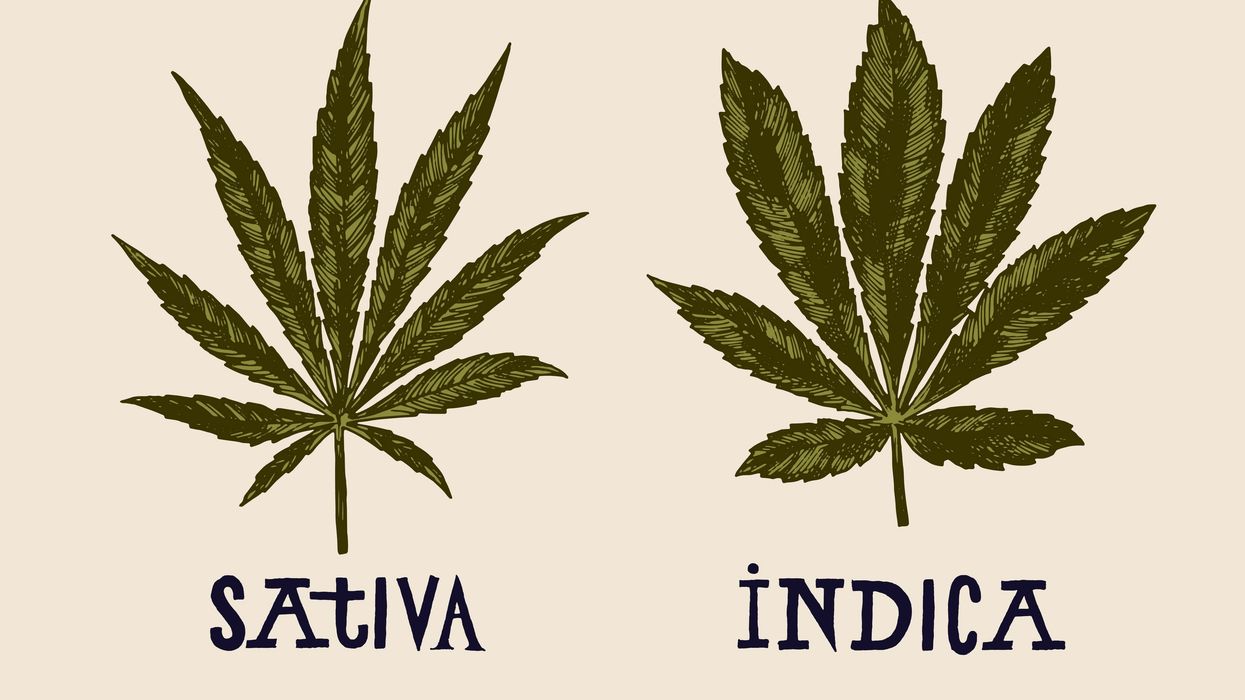







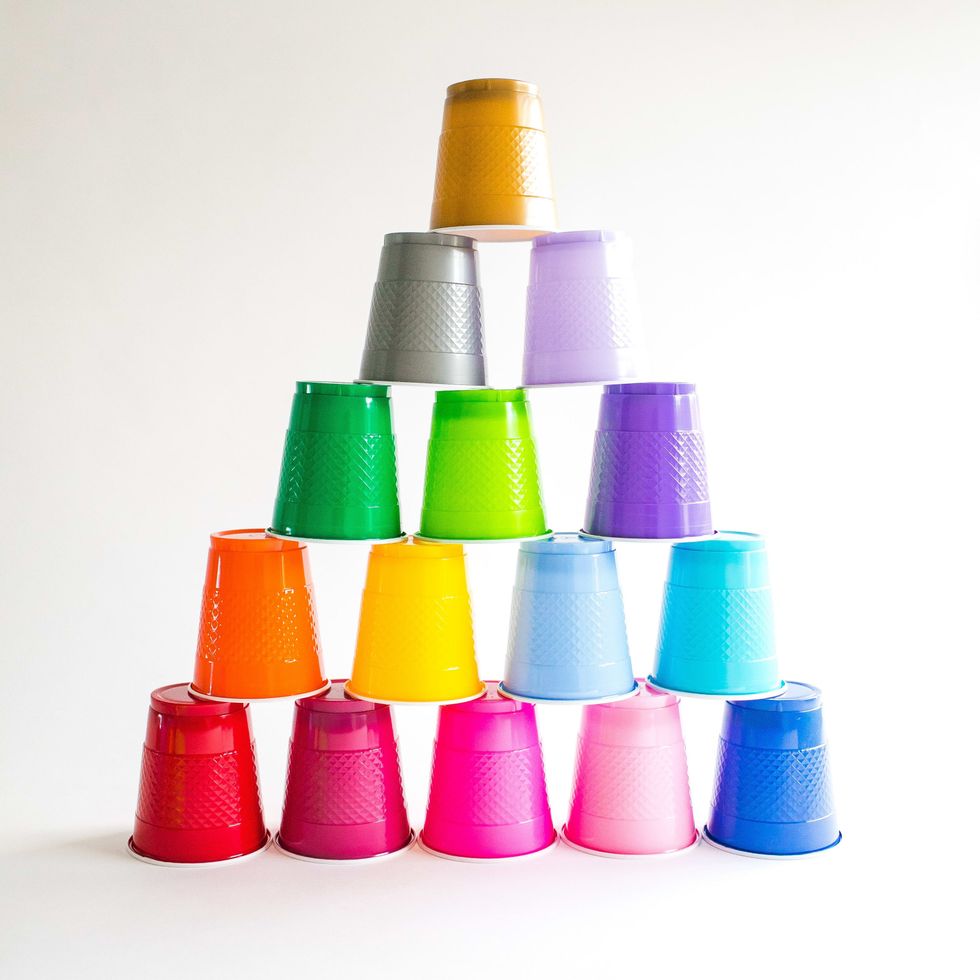
 Best Weed Smoking Games to Try - Jammin'
Best Weed Smoking Games to Try - Jammin'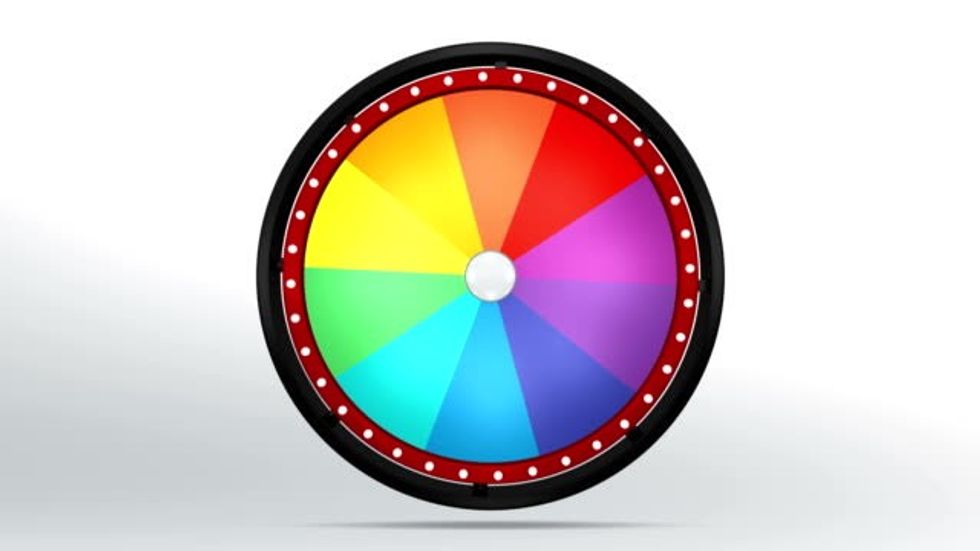 The 31 Best Weed Smoking Games To Try
The 31 Best Weed Smoking Games To Try The Best Weed Smoking Games
The Best Weed Smoking Games The Best Weed Smoking Games to Try
The Best Weed Smoking Games to Try
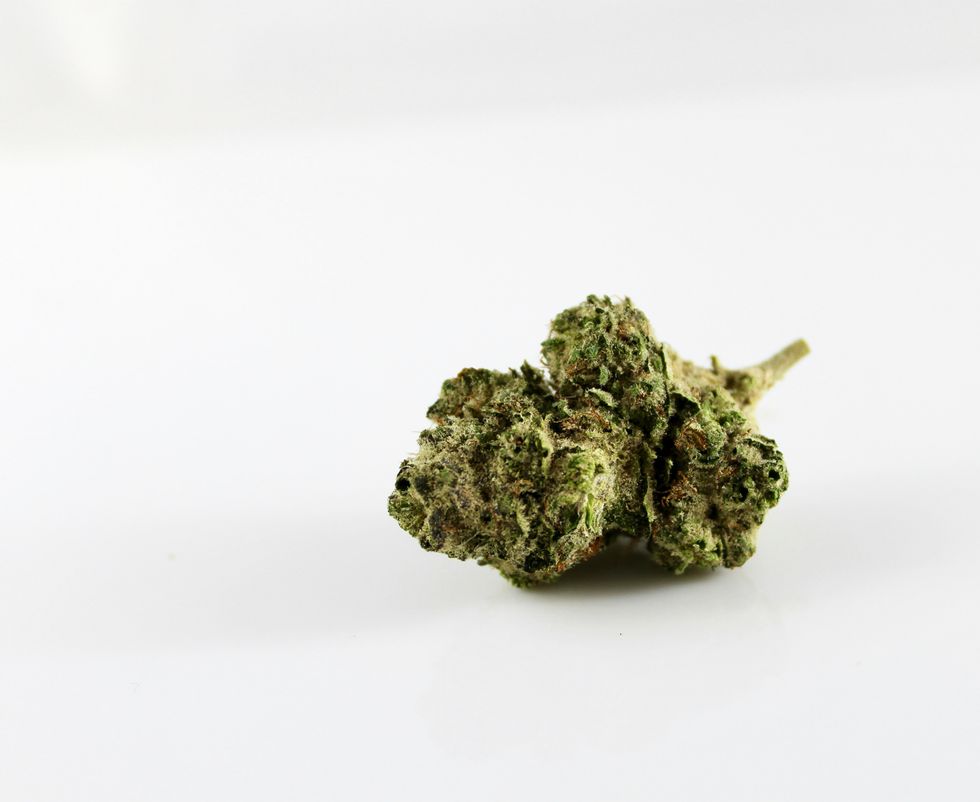
 Stoner Games - Games to Play While High
Stoner Games - Games to Play While High The Best Weed Smoking Games to Play
The Best Weed Smoking Games to Play The Best Weed Smoking Games to Try
The Best Weed Smoking Games to Try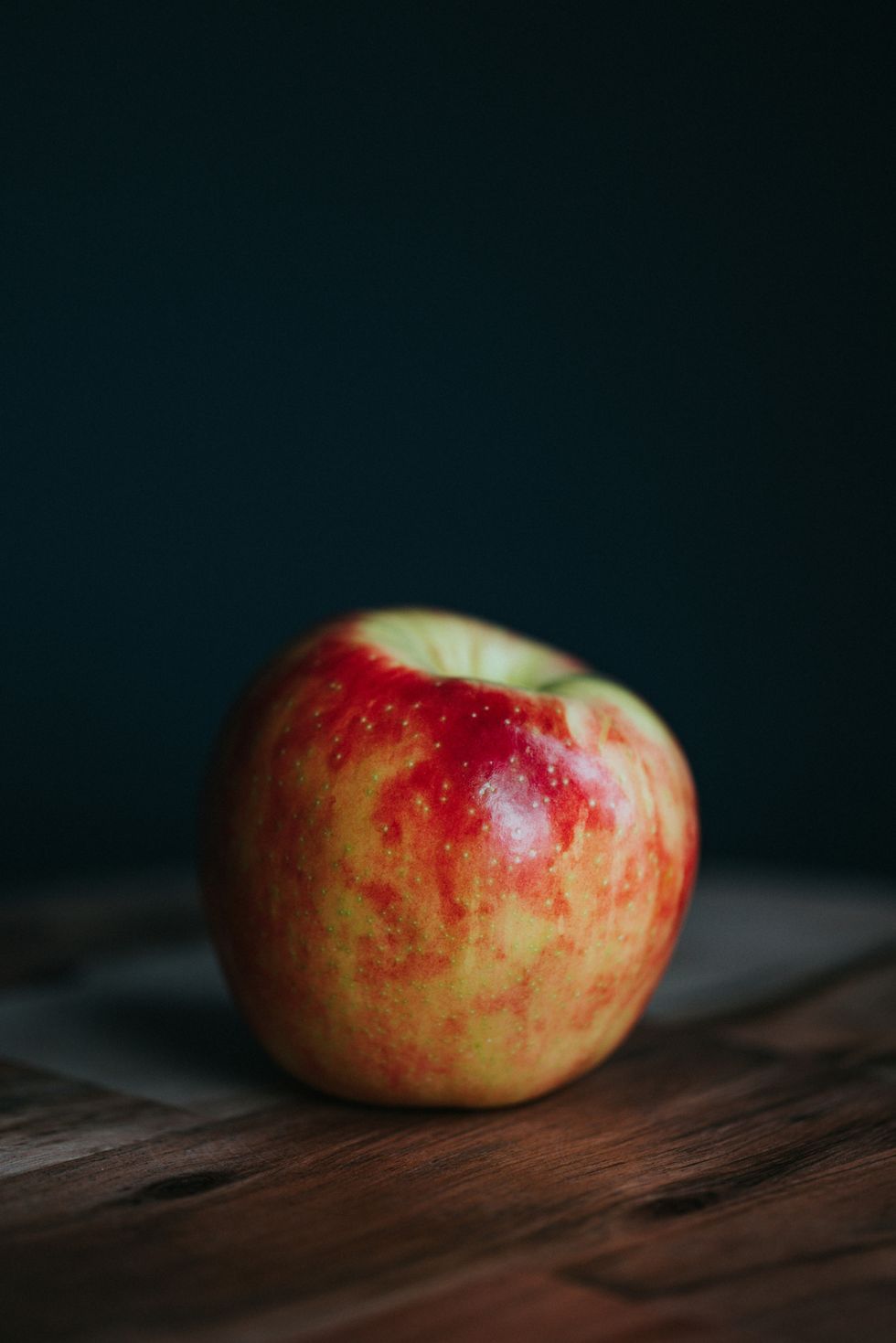
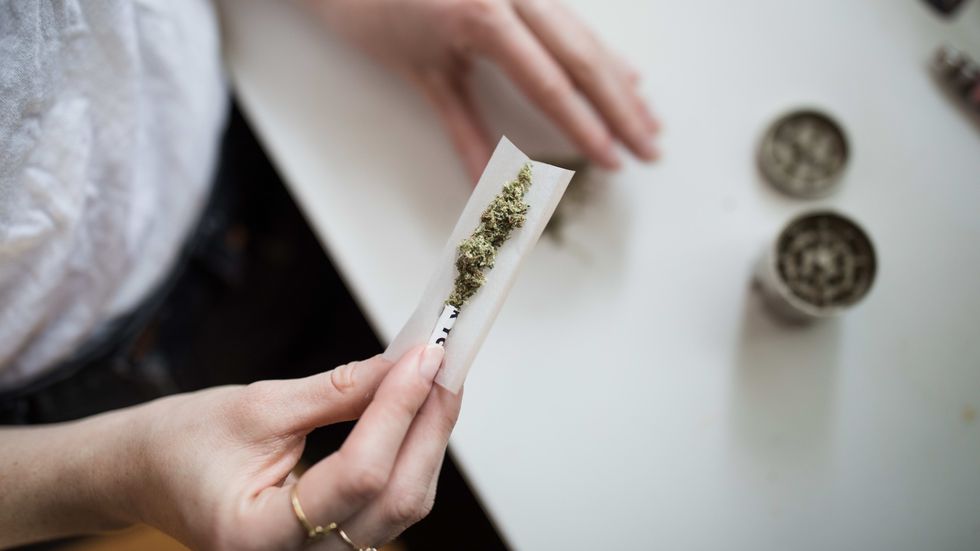 The Best Weed Smoking Games to Try
The Best Weed Smoking Games to Try
 The Best Weed Smoking Games to Play
The Best Weed Smoking Games to Play The Best Weed Games to Play
The Best Weed Games to Play The Best Weed Smoking Games to Try
The Best Weed Smoking Games to Try The Best Weed Smoking Games to Play
The Best Weed Smoking Games to Play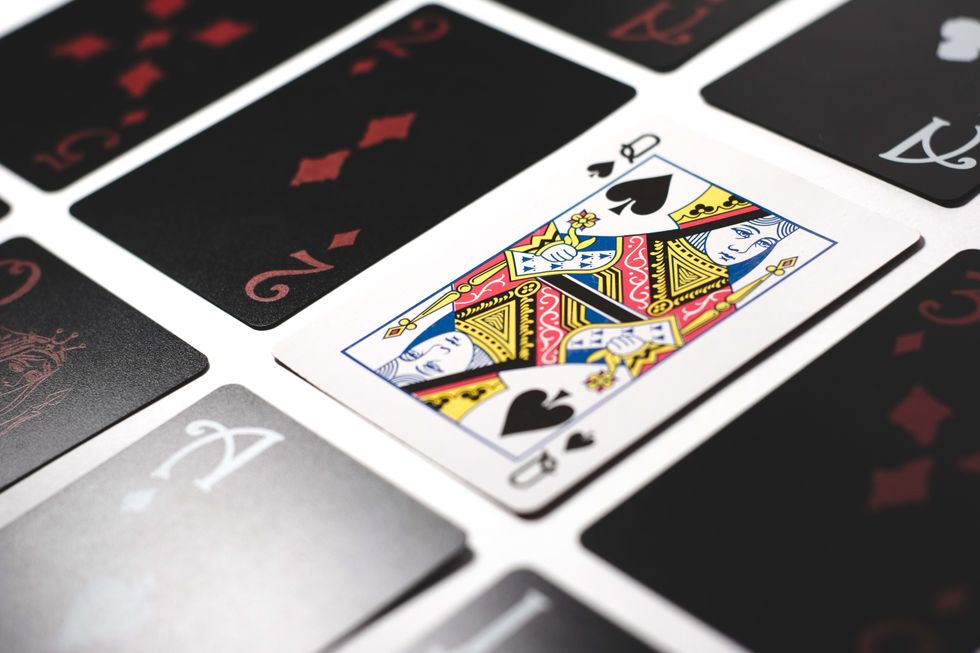 The Best Weed Smoking Games to Try
The Best Weed Smoking Games to Try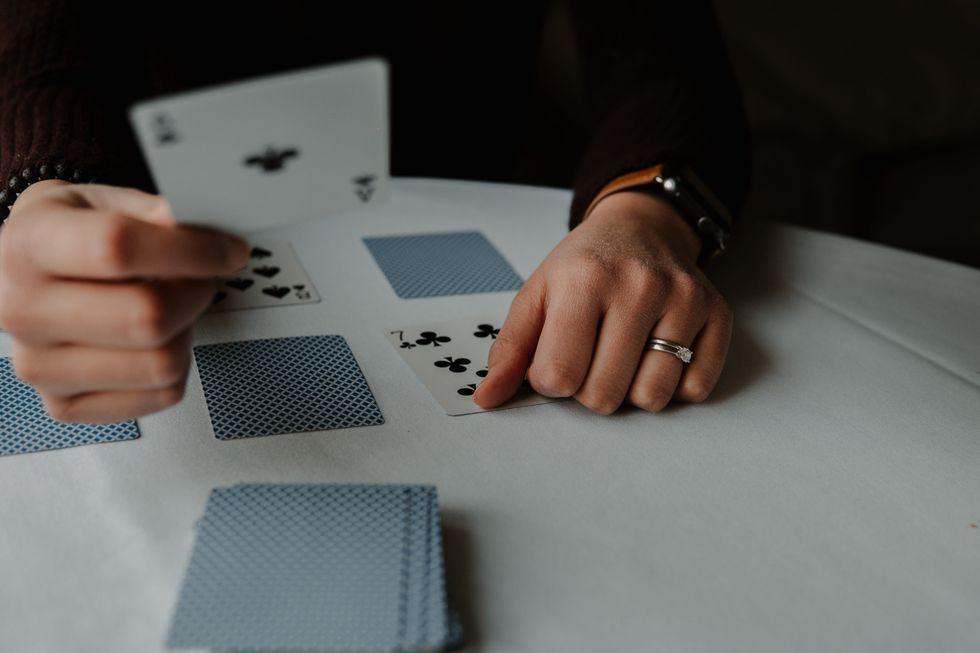 Games for Stoners
Games for Stoners 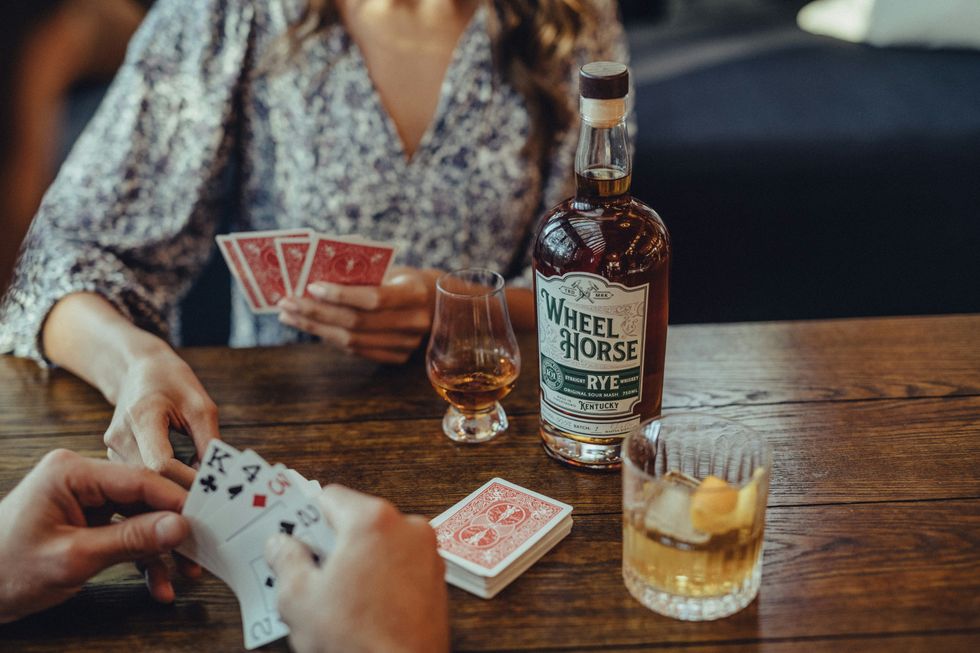 woman in white and blue floral shirt sitting beside woman in white and black floral shirtPhoto by
woman in white and blue floral shirt sitting beside woman in white and black floral shirtPhoto by 
 The Best Weed Smoking Games to Play
The Best Weed Smoking Games to Play
 The Best Weed Smoking Games to Try
The Best Weed Smoking Games to Try The Best Weed Smoking Games to Try
The Best Weed Smoking Games to Try world map with pinsPhoto by
world map with pinsPhoto by 
 The Best Weed Smoking Games to Try
The Best Weed Smoking Games to Try


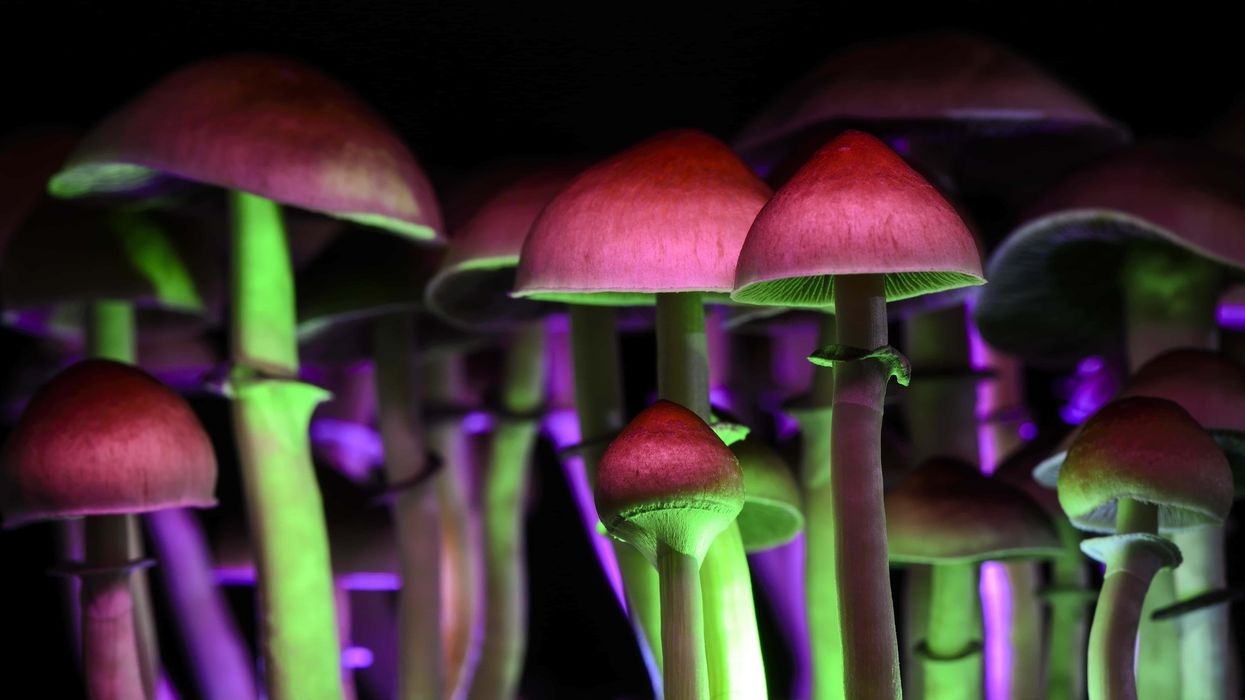
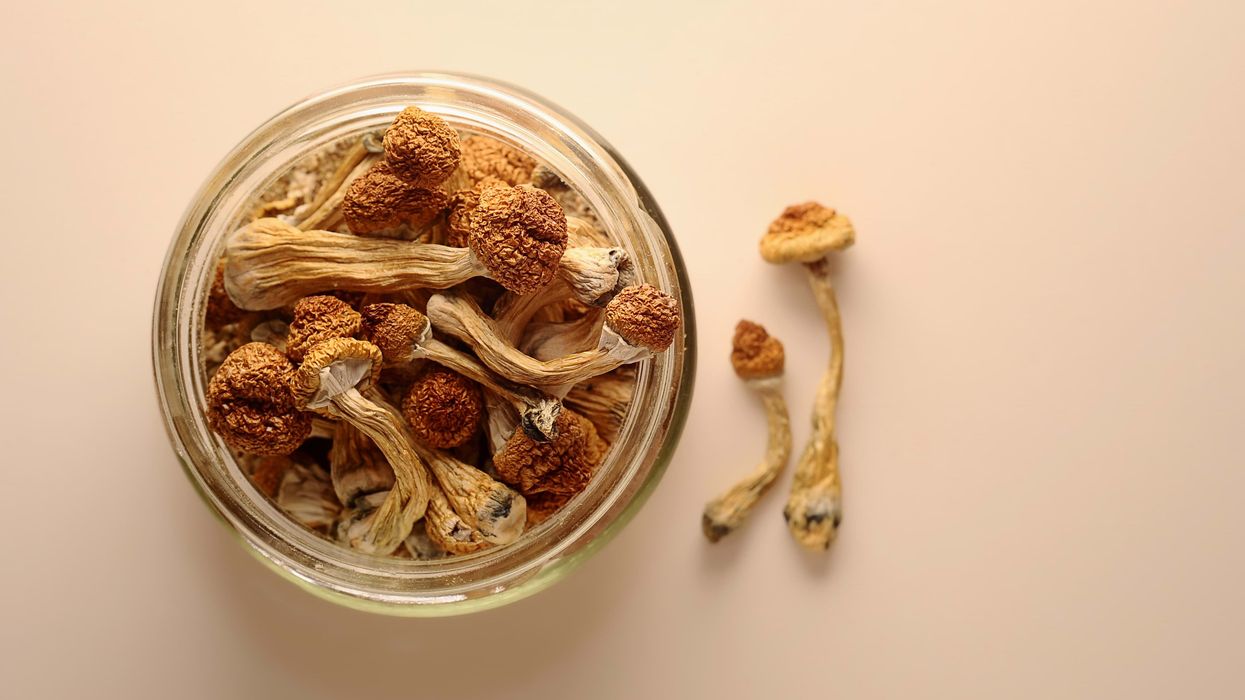
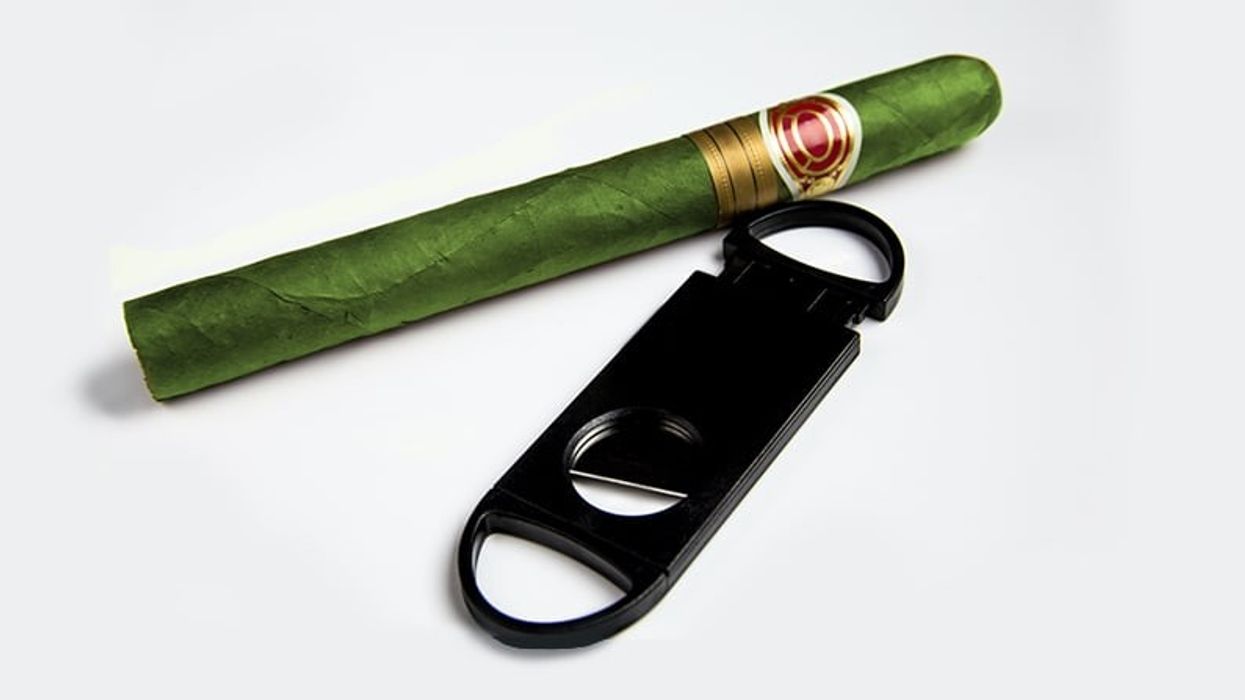
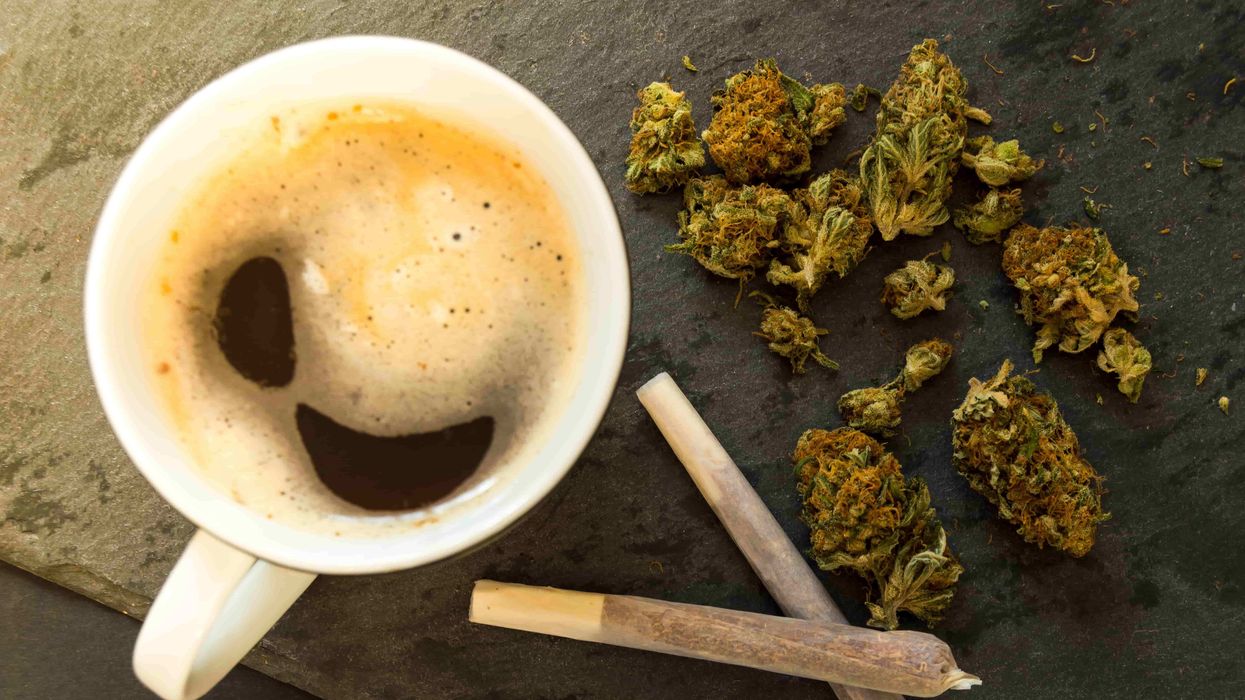
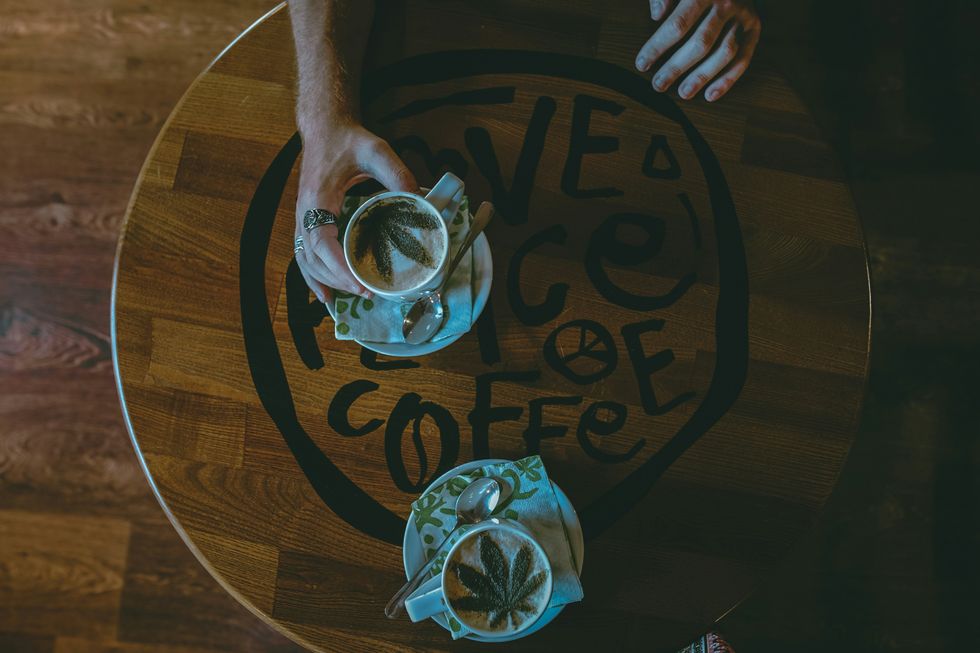 Coffee & Weed: A Modern Spin on the Hippie Speedball - The Bluntness
Photo by
Coffee & Weed: A Modern Spin on the Hippie Speedball - The Bluntness
Photo by 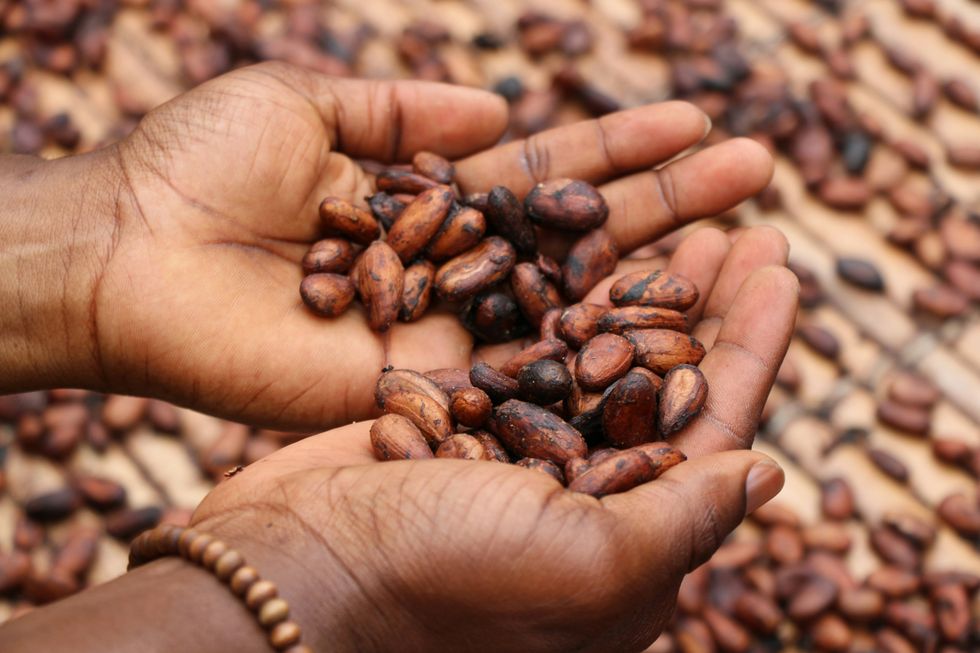 Coffee & Weed: A Modern Spin on the Hippie Speedball - The Bluntness
Photo by
Coffee & Weed: A Modern Spin on the Hippie Speedball - The Bluntness
Photo by 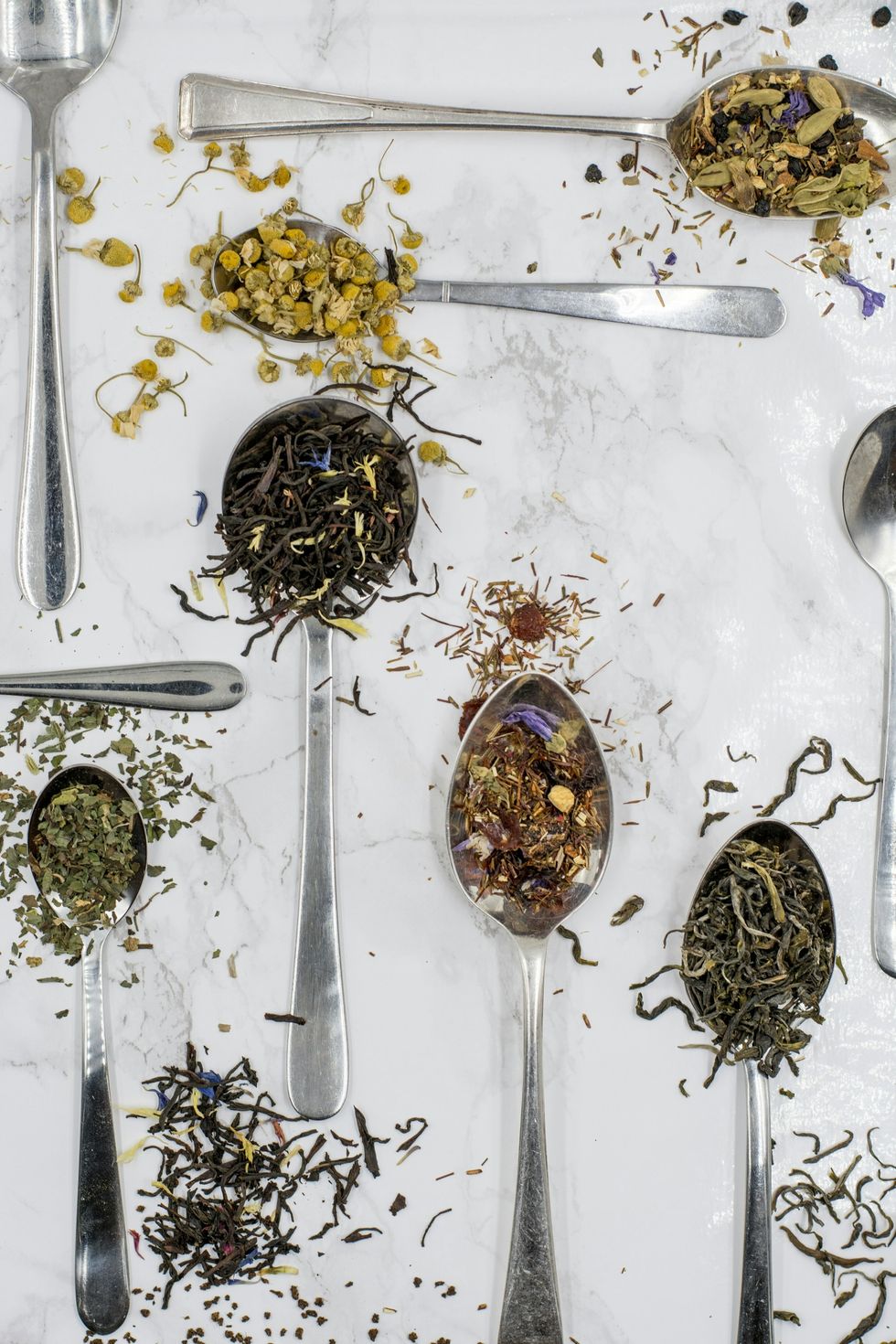 Coffee & Weed: A Modern Spin on the Hippie Speedball - The Bluntness
Photo by
Coffee & Weed: A Modern Spin on the Hippie Speedball - The Bluntness
Photo by 
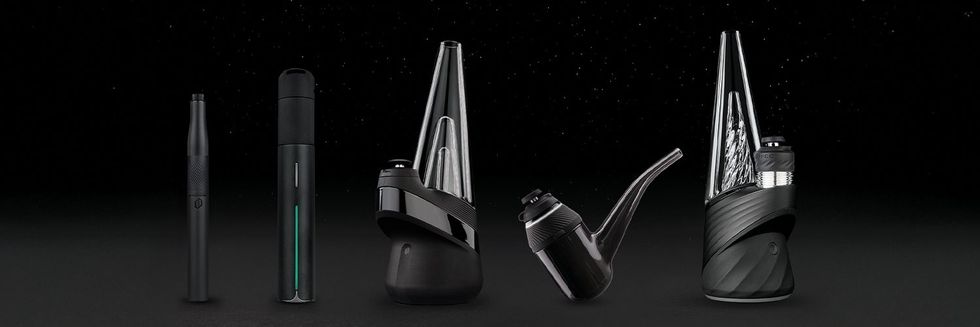 Puffco Pivot Review: The Ultimate Portable Concentrate Vaporizer - The Bluntness
Puffco Pivot Review: The Ultimate Portable Concentrate Vaporizer - The Bluntness Puffco Pivot Review: The Ultimate Portable Concentrate Vaporizer - The Bluntness
Puffco Pivot Review: The Ultimate Portable Concentrate Vaporizer - The Bluntness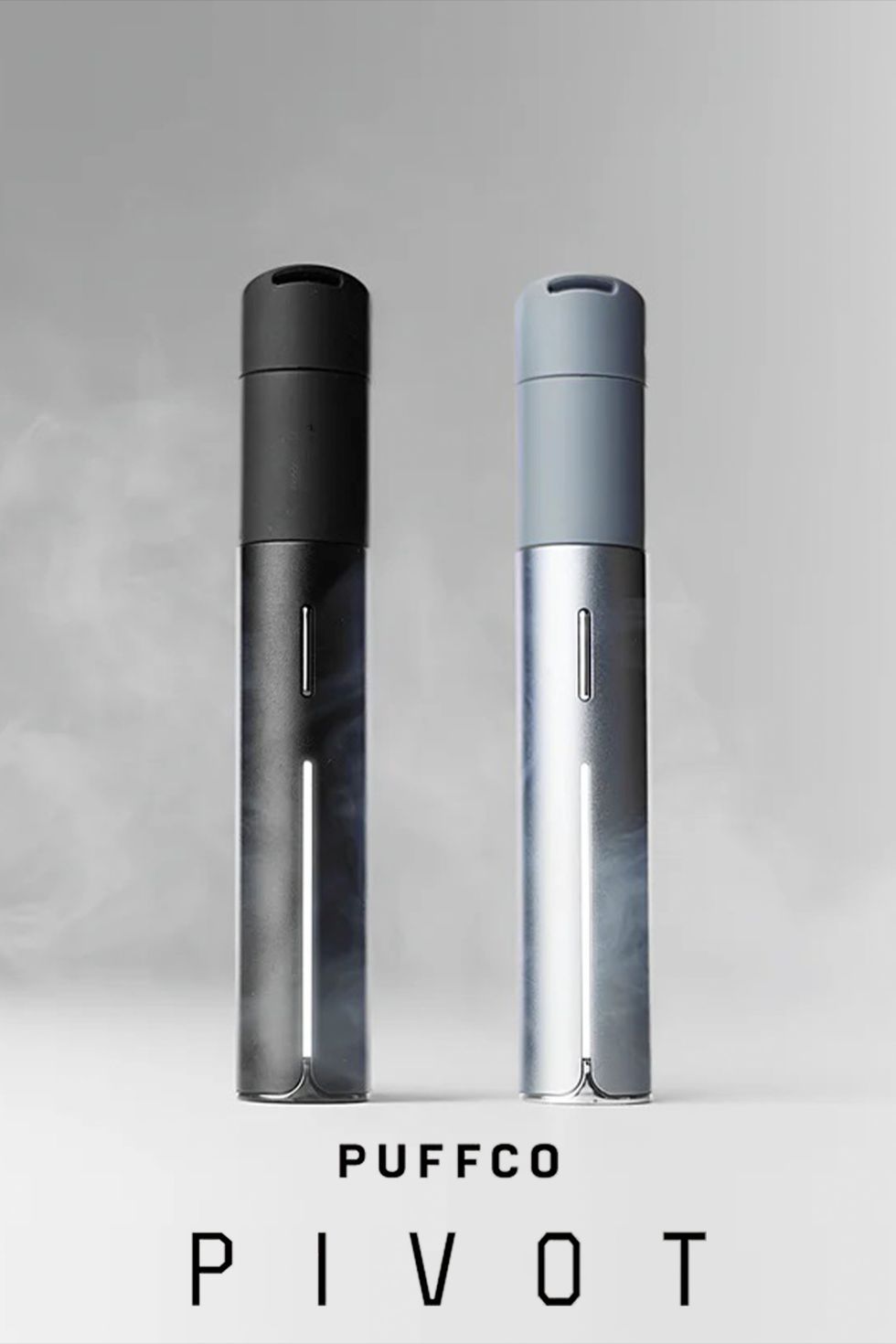 Puffco Pivot Review: The Ultimate Portable Concentrate Vaporizer - The Bluntness
Puffco Pivot Review: The Ultimate Portable Concentrate Vaporizer - The Bluntness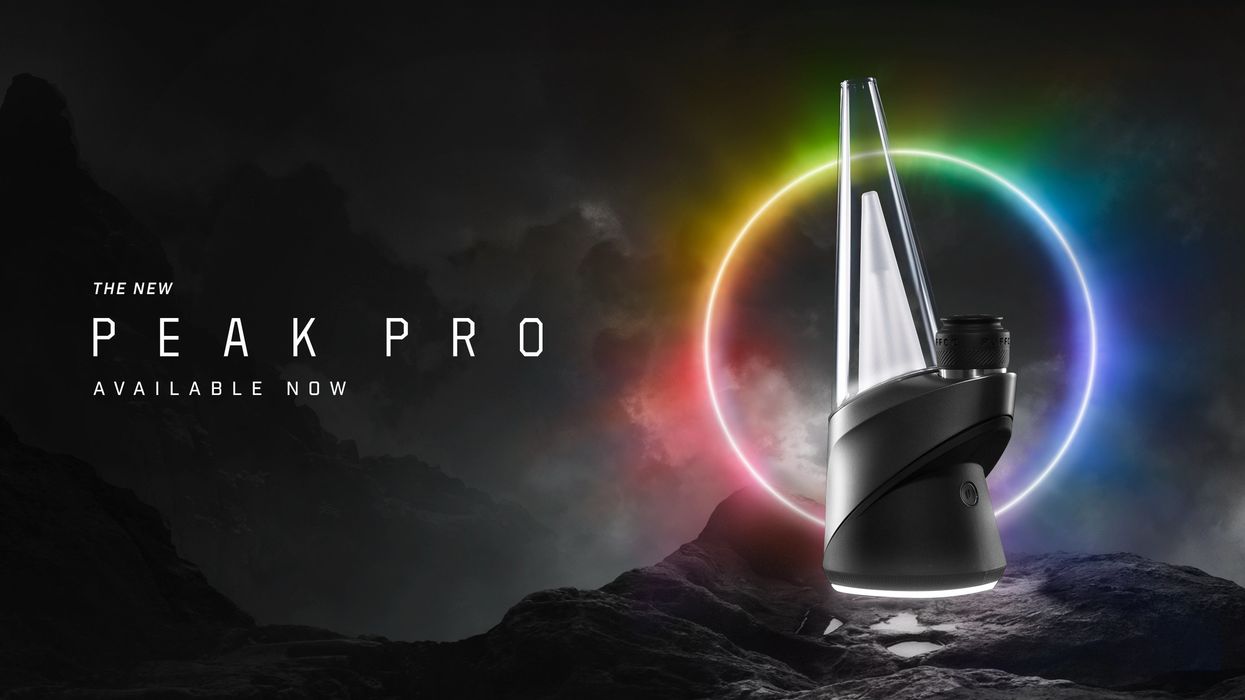
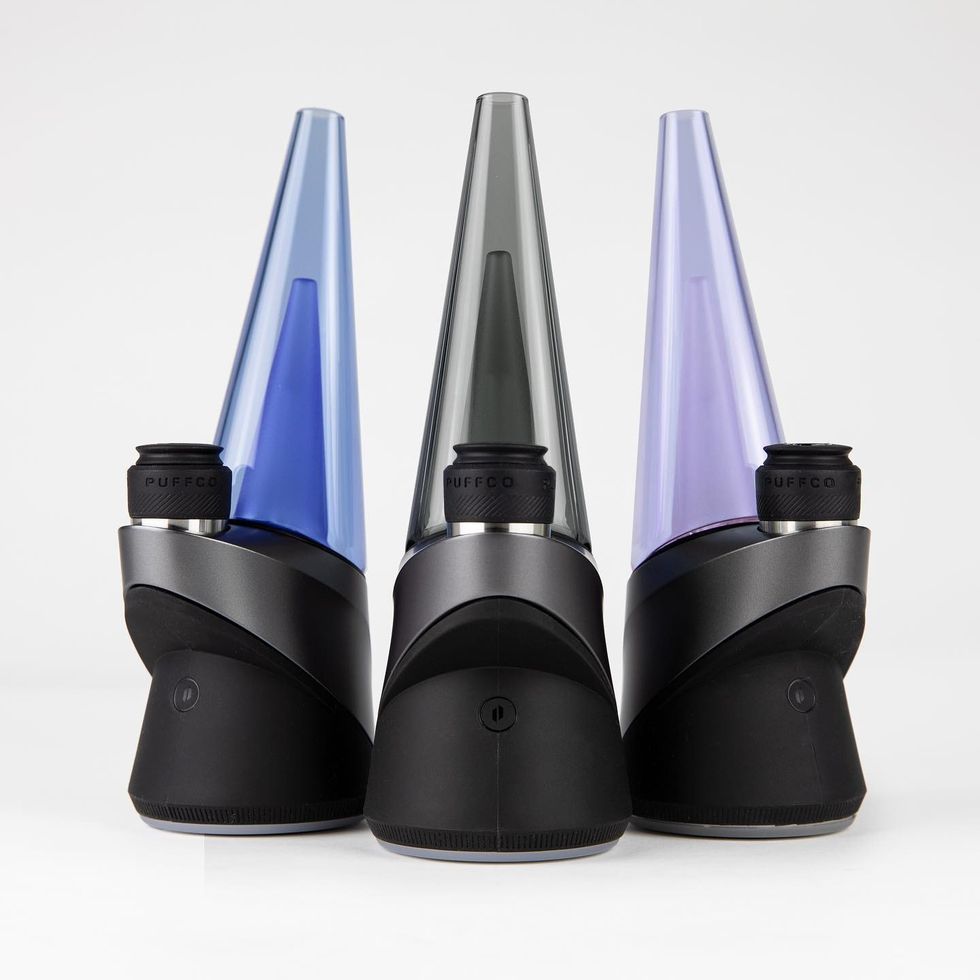 The Puffco Peak Pro brings style and ease to cannabis dabbing.Image from Puffco on Facebook
The Puffco Peak Pro brings style and ease to cannabis dabbing.Image from Puffco on Facebook The Puffco Peak Pro is easy to hold AND easy to use.Image from Puffco on Facebook
The Puffco Peak Pro is easy to hold AND easy to use.Image from Puffco on Facebook The Puffco Peak Pro allows you to appreciate cannabis and innovation at the same time.Image from Puffco on Facebook
The Puffco Peak Pro allows you to appreciate cannabis and innovation at the same time.Image from Puffco on Facebook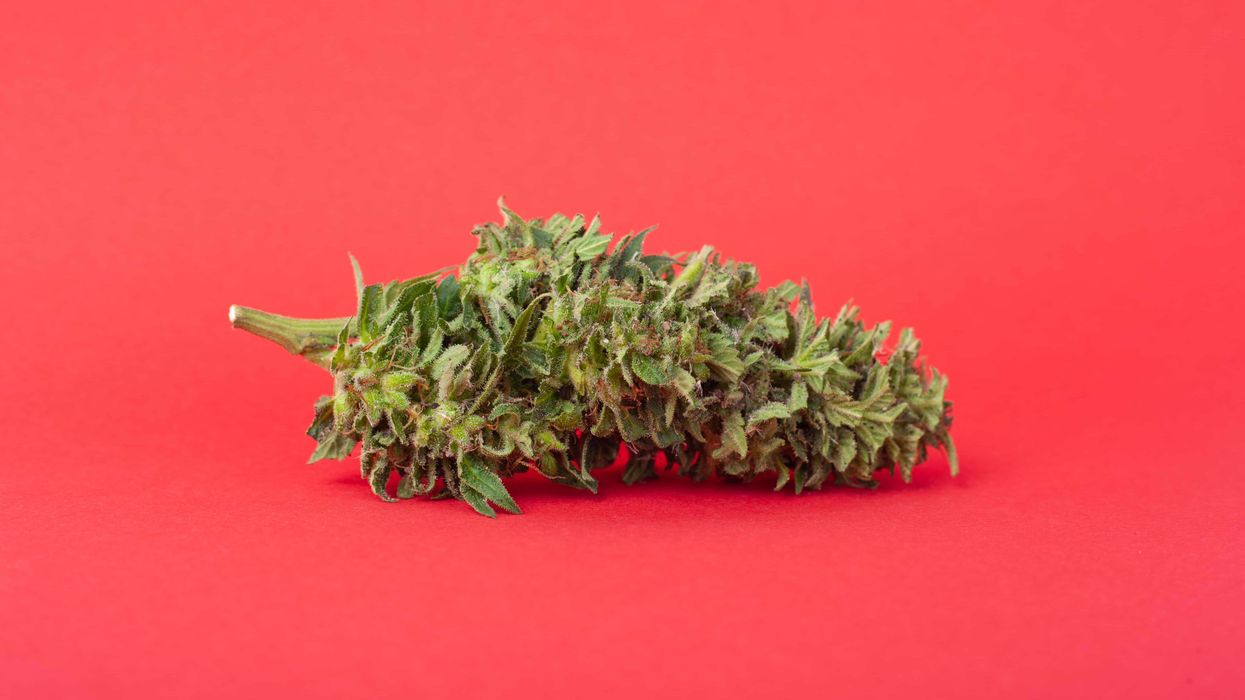
 Free Cannabis for Veterans and Those with Disabilities - The Bluntness
Photo by
Free Cannabis for Veterans and Those with Disabilities - The Bluntness
Photo by